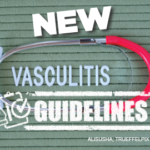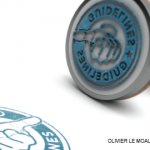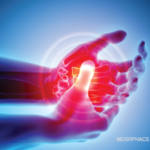Unfortunately, in vasculitis, most of the time we don’t have strong recommendations because we don’t have multitudes of randomized controlled trials supporting our therapeutic interventions. Therefore, we also have conditional recommendations, in which the majority of individuals would want to have a particular intervention, but the alternative is reasonable as well. Any of the recommendations we put forth had to have 70% consensus of the voting panel.
You mentioned composition. The panel includes both adult and pediatric rheumatologists, because these are diseases that affect both groups, and representation from across the country. Also, we had two individuals from the patient panel on our voting panel.
Q: Tell me about these voting panels. How did that go? I mean, is it always just collegial, or do people get fired up about things?
Dr. Chung: There are definitely different practice patterns across the country. For example, I typically use more oral cyclophosphamide because that’s how I was trained. Other individuals use more intravenous cyclophosphamide because that’s how they were trained. But I think one of the great things about the vasculitis community is that we really do have a lot of respect for each other, and we all recognize that we have the same goal, which is to provide the best care for patients.
I have to give credit to the vasculitis physicians who came before me because they really established a collegial working group. Vasculitis is a disease that is far more rare than rheumatoid arthritis or gout, and we’re not going to accomplish anything if we are insular. The only way we’re going to move this field forward is by working together. Thankfully, there is a strong precedent to do so.
Q: It’s hard to imagine redoing this project right now, but what kind of plans are there to update this as things progress? Already this year we’re having a lot of interesting trials coming down the pipeline. How do you view guidelines published as a static document as something that moves forward and is useful for people in the future?
Dr. Chung: The ACR went into this process with the expectation that these guidelines would be updated in the future, so it put in the infrastructure for subsequent updates. This is one of the reasons this process was so complicated. For example, the literature review was done in a particular way so we could go back in the future and say, ‘Okay, what did we previously annotate? How can we add to it with the new knowledge?’



